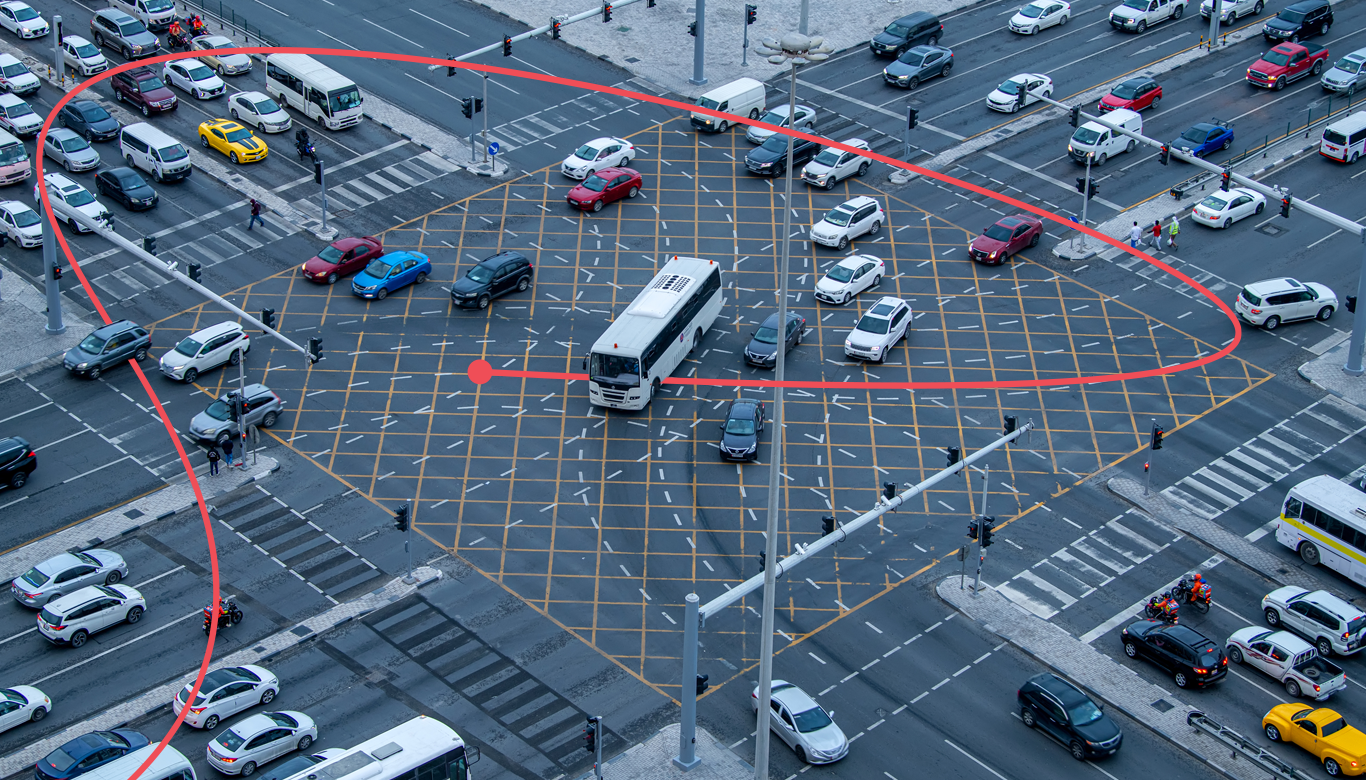“May you live in interesting times” has never felt more relevant for SAP professionals, especially if you are responsible for change management in SAP.
Between supporting the business and transformation projects, migration to S/4HANA and RISE, and Cloud ERP adoption, SAP teams are navigating complex demands. These initiatives often overlap, sometimes creating conflicting requirements.
Additionally, some SAP-backed incentives for the move to Cloud ERP have raised support concerns for existing customers. End of life for existing solutions, including Solution Manager and ChaRM, poses a challenge for large enterprises. It’s especially challenging for firms facing a long timeline managing a dynamic mix of legacy ERP and Cloud-based solutions during the transition.
This 2-part blog series explores key considerations for best practices and solution capabilities for effective SAP change management. In part 1, we introduce the four pillars of managing SAP change and dig into the first two: Automation and Acceleration.
The 4 Pillars of SAP change management
SAP change, even with transformation and migration projects, neatly fits within four basic concepts or pillars:
- Automation
- Acceleration
- Compliance
- Safety & Stability
These four categories cover key functional areas of consideration for change management in SAP and have proven a reliable calculus for identifying gaps in change management strategies. With upgrades, migrations and transformations in the works in almost all SAP shops, the pillars offer a framework for evaluation of any SAP team’s operational approach.
Understanding best practices for SAP change begins with evaluating your long-term SAP plans. Ask yourself: Does the enterprise have a complex “legacy” (ECC or S/4HANA on-premises) environment to manage today? If planning a migration to RISE or Cloud ERP, when will the project begin, and how long will it run?
Also, how long will legacy systems for continuing business support exist concurrently with project landscapes in the Cloud? Finally, what are the retirement plans for existing legacy systems, and when, if ever, can they be substantially considered change-stable?
Now you’ve evaluated your future SAP plans, it’s time to explore the individual pillars of SAP change.
Automation: Reduce risk and boost efficiency
Automating change is a key benefit of adopting SAP change management solutions. Consider on-premises S/4HANA management: change teams must carefully plan transport changes, dependencies, import sequence and more. Get it wrong and production jumps on the bus to short dump city. Yet this is something easily – and perfectly – automated by change solutions today.
For on-premises SAP operations, think about the following:
- What kinds of change are common (ECC/S4, BW, CTS+, BTP) and should be unified into a single point of management?
- Is support for global templates or cross-landscape distribution required?
- Are changes in transport paths, such as additional N+1 (project) environments, or changes to the business-as-usual environment itself planned?
- Do planned or existing landscapes feature complexity – something other than simple three-tier Dev, QA, Production paths?
When planning upgrade or migration projects, consider the following:
- Will changes in infrastructure or operating environment create fluid landscape requirements? This is common with migration projects as multiple development and QA systems are provisioned and retired, or change is managed between on-premises and Cloud systems.
- What types of change must be managed from a single point of control during the transition? This is likely the union of all change types in existing systems and planned future ones, at least for some time.
For Cloud deployments:
- While often simpler, Cloud deployments have their own unique complexity and dependencies due to their decoupled architecture. Consider requirements for change management types (often BTP) and legacy integrations.
Acceleration: Speed without sacrificing control
What if releases were more frequent and timelier, thus better supporting business change requests? Or projects took less time, resulted in fewer release errors, and better supported business users? These benefits are typical of good change management practices in SAP.
For on-premises systems, consider the benefits of adopting DevOps methodologies and automation – yes, it’s possible in SAP – and providing a simplified, elegant end-user experience for managing change. This should include supporting dynamic restructuring of the contents of any given production push safely.
During migration, a change solution that automatically detects Clean Core compliant changes and helps firms iteratively migrate to this goal is helpful. Once in the Cloud, preventing incompatible change is essential.
The Bottom Line
The challenges facing SAP teams today require a new approach to managing SAP change. The four pillars – Automation, Acceleration, Compliance and Safety & Stability – form the foundation for best practices in SAP change management.
Automation and acceleration combine to deliver safer, faster SAP change, allowing S/4HANA migrations, RISE adoption, and the shift to Cloud ERP without losing control.
Stay tuned for part 2 of this series, where we investigate the final two pillars of SAP change management: Compliance and Safety & Stability.

